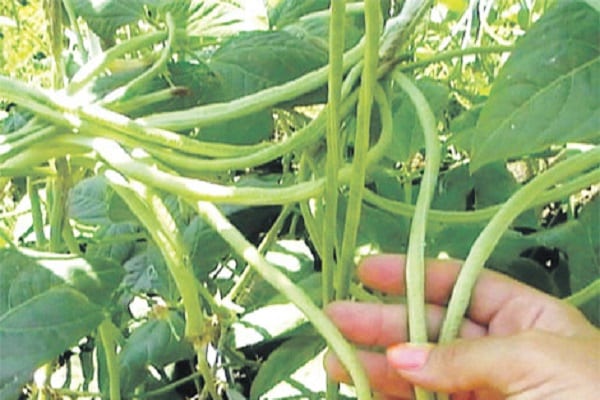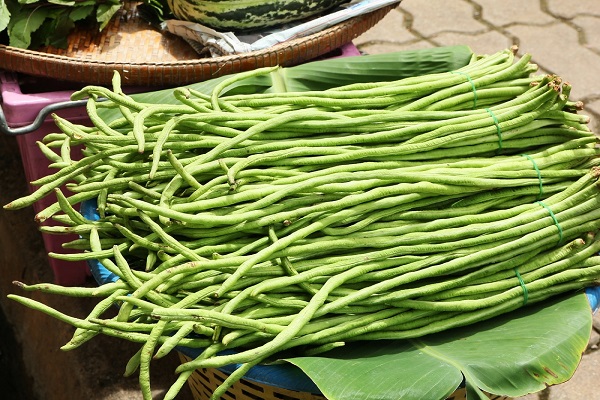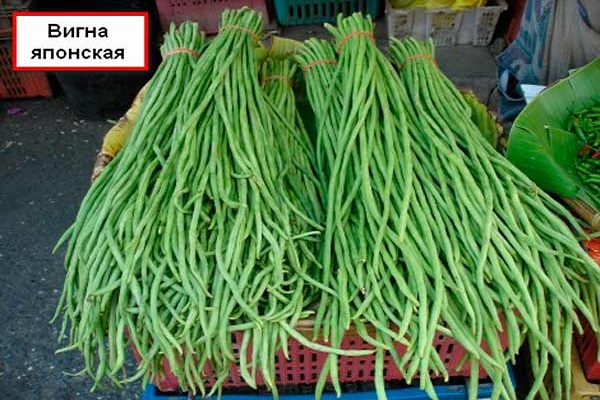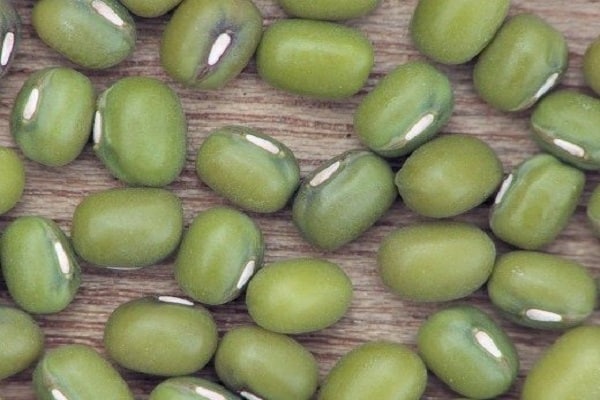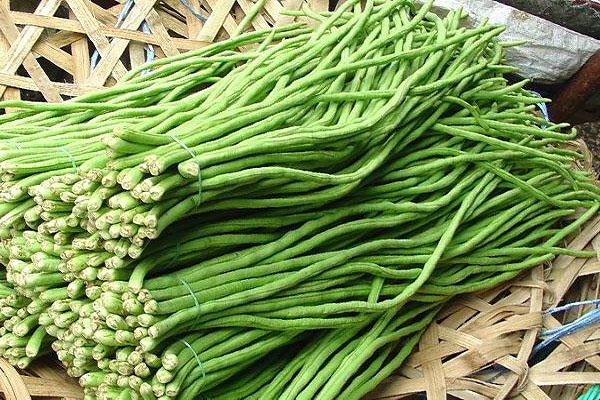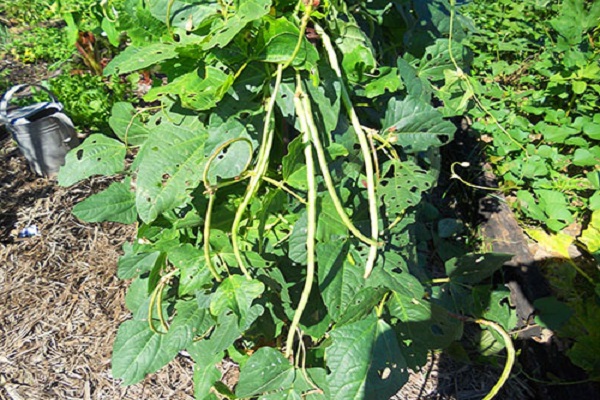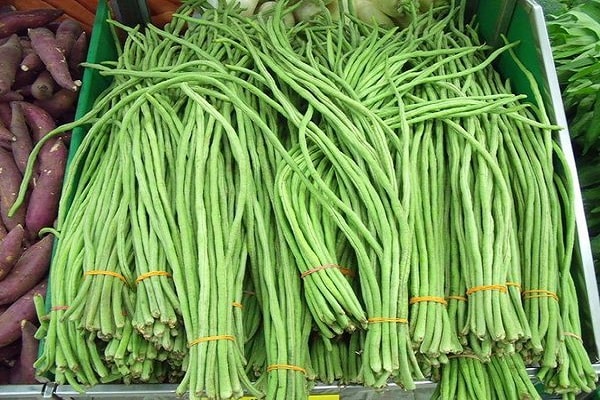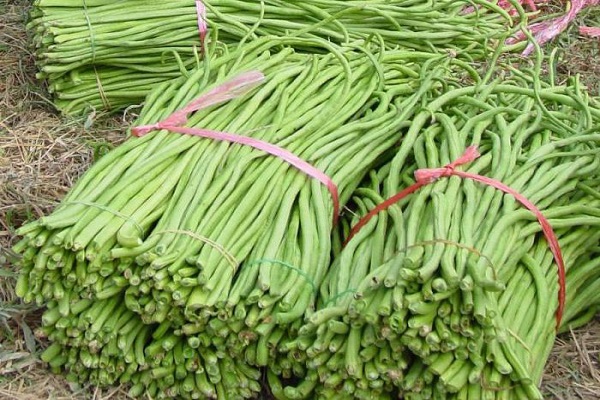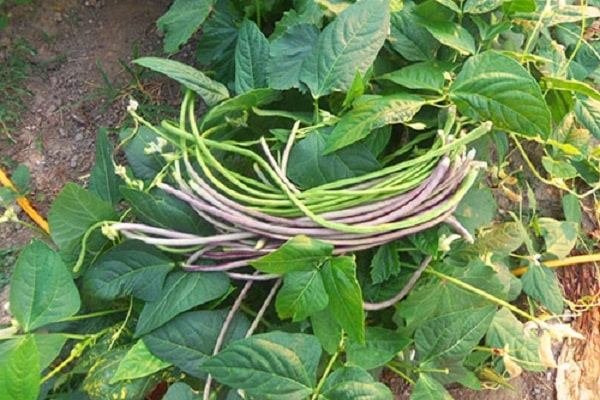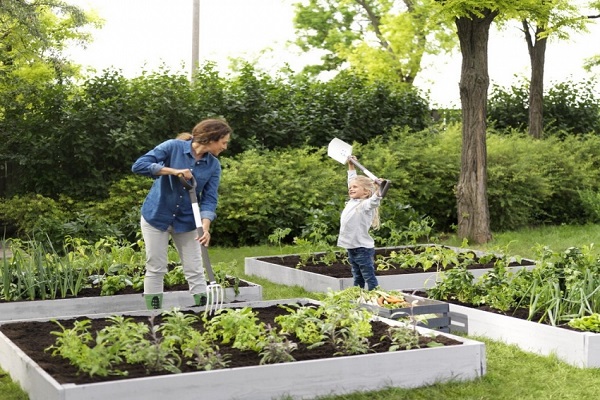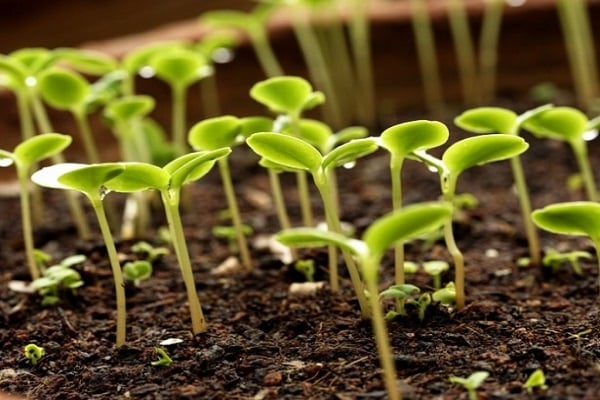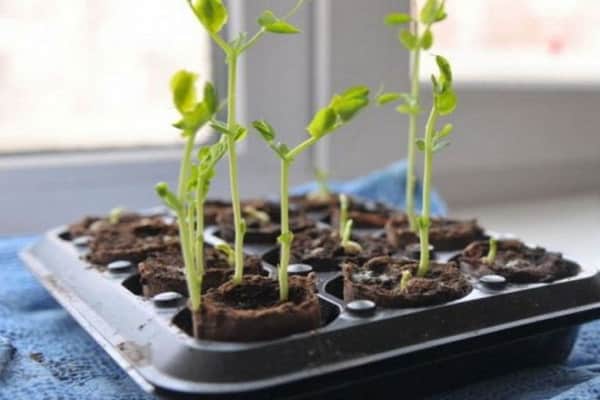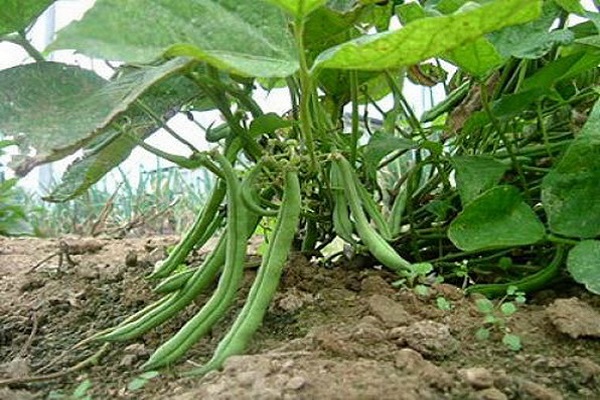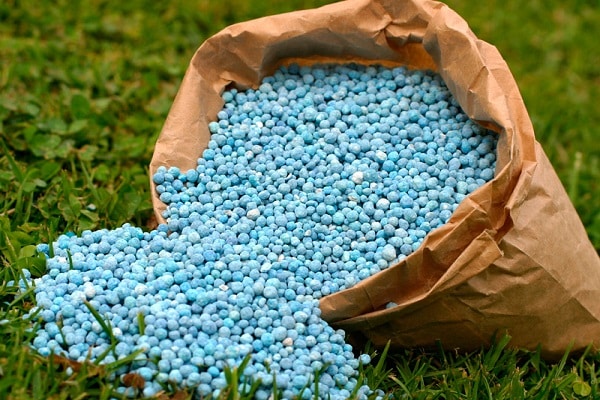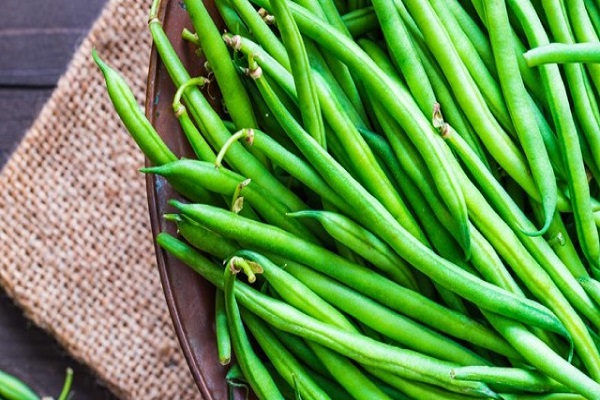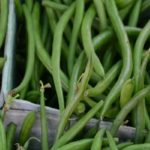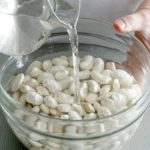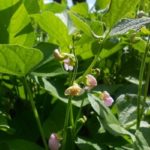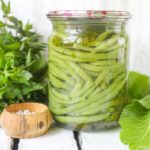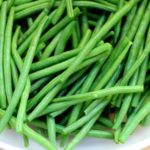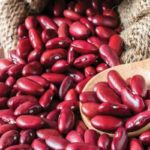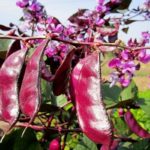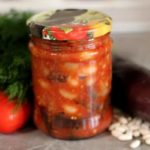Beans of the Vigna variety belong to the asparagus varieties. This is a universal variety that is suitable for preparing many dishes. The pods are used at the stage of milk maturity, when they are juicy and tender.
Description of the variety
Vigna beans are highly productive. The plant is a climbing plant, the height of the stems reaches up to 5 m. The blades grow up to 1 m.
The growing season is 100–125 days. Up to 3 kg of crop is harvested from one plant.
Young pods are juicy, tender and pleasant to the taste. Suitable for preparing many dishes.
The plant is unpretentious and grows well in acidic and alkaline soils. Chinese beans are planted even in the dark. It tolerates dry summers.
Advantages and disadvantages of the variety
The Vigna bean variety has no significant disadvantages. The variety is loved by many gardeners for its unpretentiousness and high yield.
Benefits of beans:
- High yield.
- Easy to grow.
- Juicy tasty pods.
- Can be planted in shade.
- Suitable for growing in acidic and alkaline soils.
- Universal use in cooking.
- Used in dietary nutrition.
- It has a high content of nutrients for the body.
Vigna beans are often used in dietary nutrition. Its pods are rich in all nutrients and keep you feeling full for a long time.
Varieties
Popular varieties:
- Macaretti is medium ripened. The stem length is 3 m. High yield, pods are juicy and tender.
- Countess is an early variety. High yield, highly climbing plant. Pods are 50 cm long.
Other well-known varieties include Korean, Mash, Azuki, Darla.
Growing
Vigna beans are unpretentious varieties and do not require a lot of attention. During cultivation, it is enough to follow a number of recommendations and then you will be able to grow a decent harvest.
Choosing a landing site
Place planting green beans could be anything. It is suitable for cultivation on any type of soil. It is preferable to choose open areas, but if there are no such areas, seedlings are planted in shade.
The only factor that needs to be taken into account when choosing a landing site is the presence of support.The culture is distinguished by tall stems that need support. Therefore, there should be high trellises next to the beds. Otherwise, the crop is unpretentious and will produce a good harvest anywhere it is planted.
What should the soil be like?
For bean seedlings, it is desirable that the soil is loose and well-drained.
The acidity level can be any; the culture is undemanding to this factor. It is recommended to give preference to sandy and loamy soils. If the substrate is heavy, then sand is added to it and dug up.
The predecessors of beans can be any crop, but not legumes. They suffer from the same diseases and require the same minerals.
Landing dates
Seeds are grown directly in open ground. It is not necessary to pre-grow seedlings. The crop is heat-loving, so planting dates should coincide with soil warming. The optimal timing coincides with the end of May and the beginning of June. You also need to focus on climatic conditions.
If you plant seeds in cold soil, this will delay the emergence of seedlings and make them painful. They grow weak and frail.
When planting planting material in the ground, it should warm up to +16 degrees to a depth of 5–8 cm.
Lighting
Beans of the Vigna variety are plants with a short photoperiod. Bushes require no more than 12 hours of sun exposure per day. With short daylight hours, the bushes become more active in the formation of pods and their maturation.
Preparing the bed
The beds for the bushes are first dug up, all weeds are removed and mineral fertilizers are applied, primarily nitrogen. No other additional preparation is required.
Preparing and planting seeds
The seeds are planted in rows. The distance between the seeds should be 20–25 cm. The planting depth is 7 cm. The distance between each row should be at least 45 cm. When the seedlings begin to appear, a high support is installed next to them or strong ropes are tied.
Seedling
Seedlings begin to appear 6–10 days after sowing. If the nights are cold, then when evening comes, she is covered. If the distance between the seedlings is small, they are planted.
Features of care
Vigna beans are undemanding crops and bush care is minimal.
Watering
When the pods appear, the bushes require a lot of water. You need to water every other day. Water heated in the sun should be used. The amount of liquid added depends on weather conditions.
Top dressing
The first fertilizing is applied 3–4 weeks after emergence. The bushes need nitrogen especially urgently at this stage. Subsequent feedings are applied depending on the condition of the bushes.
Pests and diseases
Slugs appear more often on beans. To prevent their appearance, the beds are constantly cleared of weeds. If slugs have already appeared, they are collected manually or traps are made using cloth soaked in beer.
Harvest and storage
The timing of harvest depends on the variety and purpose of growing beans. Green beans are harvested almost immediately after the pods appear; they should not overripe. Also, green beans can be picked immediately when the pods grow a little and used for cooking.
Store green beans Can be stored in the freezer or preserved for the winter. For preservation, beans are harvested earlier than usual.
The pods should turn yellow and begin to open. Then they are trimmed and pickled.To determine how ripe the pods are, they are broken in half. There will be no fibers along the edges of the fracture, and the fracture itself is smooth. It is not recommended to collect pods en masse; the pods ripen gradually; if you collect them together, you may encounter a phenomenon where some pods are overripe, while others do not have time to ripen to the end.
Application
The pods are used to prepare various dishes. It is prepared as a side dish or as an independent dish. The pods are good when canned.
Omelettes, salads and roasts with the addition of beans are delicious. By properly preparing the pods, you will be able to enjoy fresh vegetables all winter.

